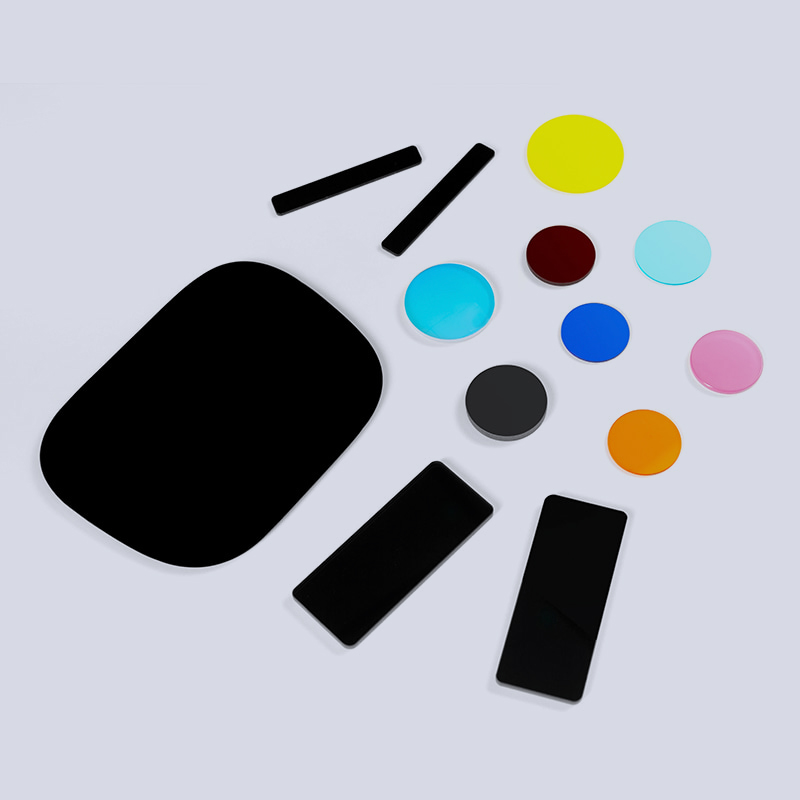In the intricate world of optics, where light governs clarity, precision, and performance, optical glass filters are indispensable instruments. These unassuming components are meticulously engineered to manipulate light—controlling its passage, direction, and spectral composition with razor-sharp accuracy. From scientific imaging to industrial laser systems, their applications span a spectrum as wide as the light they tame.
At their core, optical glass filters are crafted from high-purity glass substrates, precisely formulated to transmit, absorb, or reflect specific wavelengths. Unlike polymer filters, which degrade over time or distort optical fidelity, glass filters offer superior thermal stability, chemical resistance, and optical consistency. This makes them the gold standard in demanding environments where performance is non-negotiable.
The sophistication of these filters lies not only in the material but also in the coating technologies applied to them. Dielectric coatings, meticulously deposited in nanometer-thin layers, enable filters to act as gatekeepers of the electromagnetic spectrum—permitting only desired wavelengths while rejecting all others. Whether it's an interference filter isolating a narrow bandwidth or a neutral density filter reducing intensity without spectral distortion, every variant is a marvel of photonic engineering.
Applications are as diverse as the filters themselves. In biomedical imaging, bandpass filters isolate fluorescence signals with pinpoint accuracy, enhancing diagnostic clarity. In astronomy, they help telescopes pierce cosmic fog, capturing elusive spectral lines from distant galaxies. In industrial metrology, optical filters facilitate high-precision measurements, ensuring that laser systems remain aligned and accurate.
Even the entertainment industry benefits. Camera lenses often incorporate UV-cut and polarizing filters to mitigate glare and enhance image saturation. Cinematographers rely on graduated filters to balance exposure in high-contrast scenes. In each case, filters are not accessories—they are critical enablers of visual excellence.

Quality, of course, is paramount. Subpar filters can introduce chromatic aberrations, optical distortion, or transmission inconsistencies that compromise results. That’s why reputable manufacturers adhere to exacting tolerances, subjecting each filter to rigorous spectrophotometric testing. Parameters such as surface flatness, parallelism, and wavefront distortion are scrutinized under high-precision instrumentation to ensure optical integrity.
The future of optical glass filters is equally compelling. With the advent of multispectral imaging and quantum optics, demand for ultra-narrowband and custom-engineered filters is surging. Innovations in thin-film deposition and hybrid materials are enabling filters with unprecedented spectral control, opening new frontiers in fields as varied as environmental sensing and photonic computing.
In a world increasingly governed by data, light is the new medium of information—and optical filters are its meticulous curators. These silent sentinels of clarity, performance, and precision play an unsung but vital role in every discipline that relies on the manipulation of light. As technology advances, their importance will only magnify, refracting innovation through every wavelength they master.

 English
English 日本語
日本語 русский
русский Español
Español Deutsch
Deutsch 中文简体
中文简体










 苏公网安备32041102000130号
苏公网安备32041102000130号